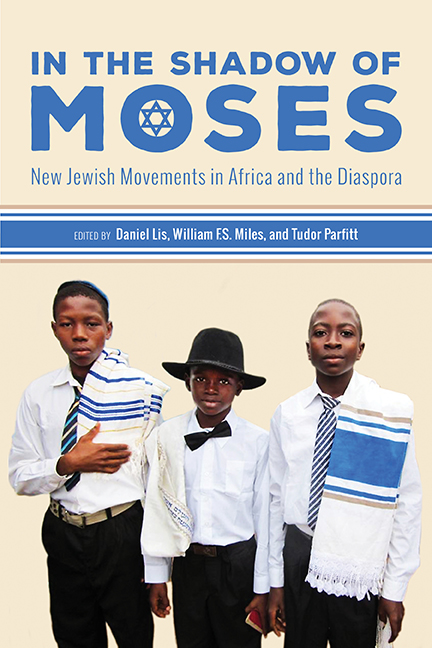
The International Yearbook of Religious Demography (Brill, $98) has quickly emerged as the equivalent to an annual journal on religion and demography. With its global reach and plethora of useful statistics, the 2017 yearbook, edited Brian Grim, Todd Johnson, Vegard Skirbekk, and Gina A. Zurlo, yields important insights on issues ranging from the familiar ground of changing religious populations to shifts in religious identity. The first chapter provides a comparison between the period of 1970–2000 and projected 30-year trends (2000–2030) and finds the “unexpected trend” that the world is becoming increasingly religious—from about 80 percent affiliated with a particular religion in 1970 to over 90 percent in 2030. Another chapter covers the influx of more than 3.1 million asylum seekers into Europe between 2010 and 2015. This migration has slightly increased the share of Muslims on the continent, by nearly half a percent, but with marked variations from one country to another, report Michaela Pontančoková (Joint Research Centre of the European Commission), Marcin Stonawski, and Anna Krysińska (both at Cracow University). Such statistical data matters, especially considering the fact that many Europeans tend to overestimate—often by a wide margin—the percentage of Muslim population in their respective countries, thus making them reluctant to host Muslim asylum seekers. While there are uncertainties, the authors estimate that approximately 1 million Muslim migrants arrived in the region in the year 2015 alone, comprising about three-fourths of all asylum seekers in that year. The share of Muslims among asylum seekers has increased over the years in most countries, with the exception of Italy due to the increase of the share of sub-Saharan Africans there.
The Pew projections on the global future of religion that were published in 2015 could not take into account those migratory changes. Revised estimates proposed by the authors suggest significant changes in Sweden, where the asylum seekers may have brought the Muslim population to 8.1 percent instead of the projected 5.7 percent (+2.4 percent), in Austria (7.1 percent instead of 5.9 percent, +1.2 percent) and in Germany (7 percent instead of 6.4 percent, +0.6 percent). While Germany received the largest number of asylum seekers in 2015, it also has a much larger population overall, hence the lesser proportional impact. In those countries (especially in Sweden), asylum seekers have also significantly augmented the share of young people among Muslims, something that may imply other long-term demographic consequences. The authors add, “In many countries, the countries of origin for Muslim asylum seekers differ from those of the established Muslim communities there, contributing to an increased ethnic and linguistic heterogeneity of the Muslim population in Europe.” Not all Muslim asylum seekers will get recognition, however. But repatriations are unlikely to be massive, which means that most of those who arrived will stay anyway. One needs also to take into consideration the levels of religiosity as well as potential changes in religious identity during the migration and integration process. In any event, the study shows that the religious demographic impact of migration waves, even on a relatively short period, deserves close attention.
